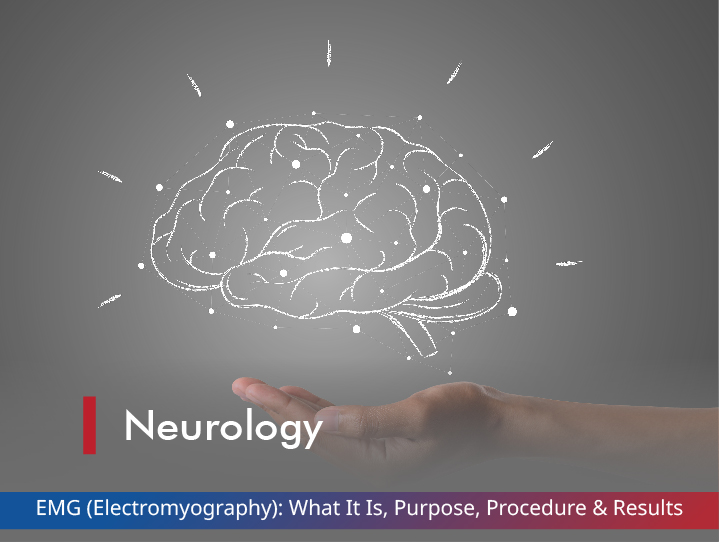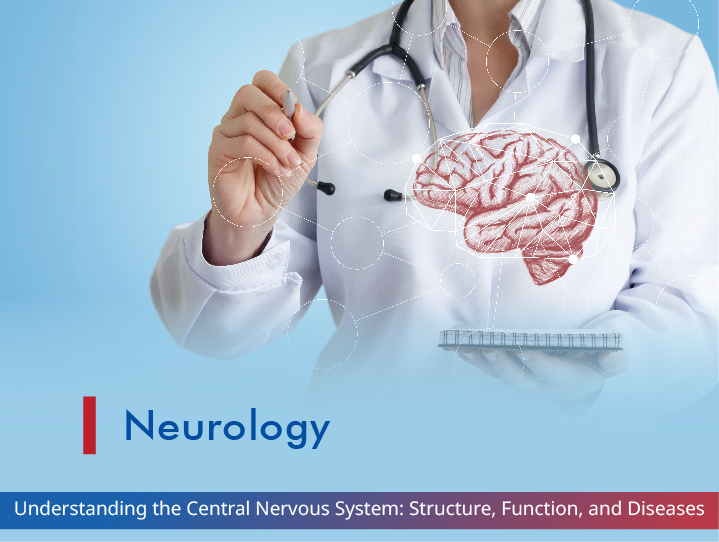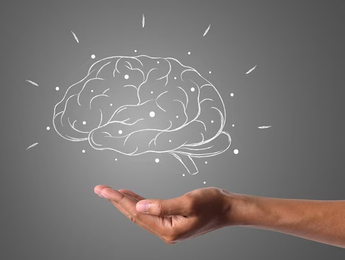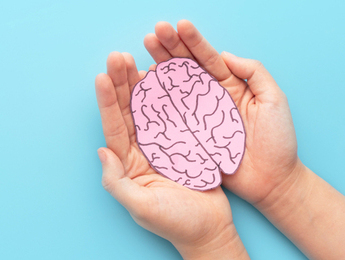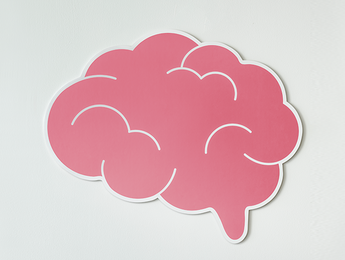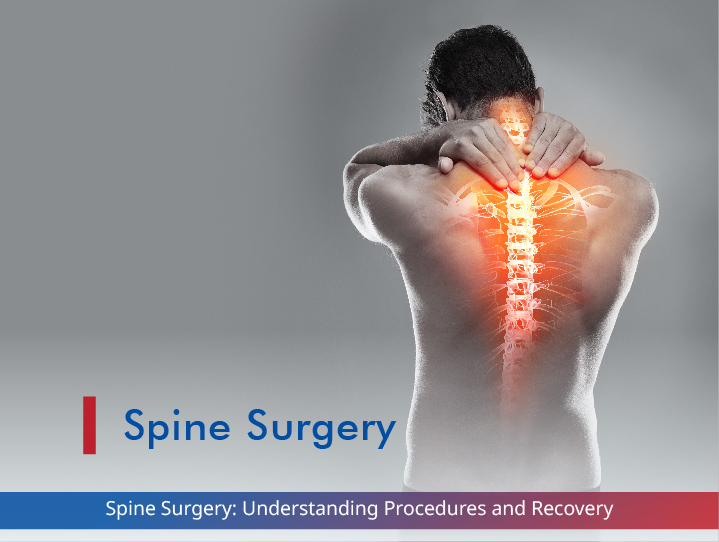Introduction
The central nervous system (CNS) is a fascinating and complex network that plays a crucial role in our daily lives. As the body’s primary control centre, it orchestrates numerous functions, from basic survival mechanisms to complex cognitive processes. In this comprehensive blog, we’ll explore the function and anatomy of the CNS system and some common disorders that can affect it.
What is the Central Nervous System (CNS)?
The central nervous system consists of two main components: the brain and the spinal cord, says Dr Anil Ramakrishna. It is referred to as “central” because it integrates information from the entire body and coordinates activity across the whole organism. The CNS controls thought, movement, and emotion and regulates vital functions like breathing, heart rate, hormone production, and body temperature.
Key facts about the central nervous system include:
- The brain is the most complex organ in the body, using about 20% of the total oxygen we breathe.
- The human brain accommodates approximately 100 billion neurons connected to thousands of others.
- The CNS is protected by the skull bone (for the brain) and the vertebrae or vertebral column (for the spinal cord).
- A protective triple-layered membrane surrounds the brain and spinal cord called the meninges.
What is the Structure of the Central Nervous System?
The central nervous system parts are as follows:
A. The Brain:
It is the primary component of the CNS and can be divided into four main lobes:
- Temporal Lobe: Processes sensory input, assigns emotional meaning, and aids in memory formation and language perception.
- Occipital Lobe: Responsible for visual processing.
- Parietal Lobe: Comprehends sensory information, including touch, spatial awareness & navigation.
- Frontal Lobe: Involved in attention, reward, short-term memory, motivation, and planning.
Other essential brain regions include:
- Basal Ganglia: Controls voluntary motor movements and procedural learning.
- Cerebellum: Involved in motor control, language, and attention.
- Broca’s Area: Important for language processing and speech production.
- Corpus Callosum: It connects the left and right hemispheres of the brain.
- Medulla Oblongata: Regulates involuntary central nervous system functions like breathing and blood pressure.
- Hypothalamus: Controls body temperature, thirst, and hunger.
- Thalamus: Relays motor and sensory information to the cerebral cortex.
- Amygdala: Involved in decision-making, memory, and emotional responses.
B. The Spinal Cord:
The spinal cord extends from the brainstem through the centre of the spine. It carries information between the brain and the body via 31 pairs of spinal nerves. The key functions of the spinal cord are:
- Transmitting motor stipulations from the brain to the muscles.
- Carrying sensory information from the body to the brain.
- Controlling certain reflexive responses.
C. White and Grey Matter:
The CNS is composed of white and grey matter:
- Grey matter: Consists primarily of nerve cell bodies and is found in the brain’s outer cortex and the spinal cord’s centre.
- White matter: Made up of axons (nerve fibres) coated in myelin, which helps transmit signals quickly and efficiently.
D. Glial Cells:
These support cells outnumber neurons 10 to 1 in the brain and play crucial roles in CNS function:
- Astrocytes: Anchor neurons to their blood supply and regulate the local environment.
- Oligodendrocytes: Develop the myelin sheath that insulates nerve cells.
- Ependymal Cells: These cells line the spinal cord and brain ventricles, producing and circulating cerebrospinal fluid.
- Radial Glia: Act as scaffolding for developing nerve cells in the embryonic nervous system.
What are the Main Functions of the Central Nervous System?
The central nervous system performs a wide array of crucial functions:
- Information Processing: The CNS receives, interprets, and responds to sensory information throughout the body.
- Motor Control: It coordinates voluntary and involuntary movements, including complex actions like walking and fine motor skills.
- Cognitive Functions: The CNS is responsible for higher-order thinking, including memory, learning, problem-solving, and decision-making.
- Emotional Regulation: It processes and regulates emotional responses and mood.
- Homeostasis: The CNS helps maintain internal balance by regulating body temperature, blood pressure, and other vital functions.
- Language Processing: It enables understanding and production of speech and written language.
- Autonomic Functions: The CNS controls involuntary bodily functions like breathing, heart rate, and digestion.
What are Some Medical Conditions that Affect the Central Nervous System?
Several medical conditions can impact the central nervous system:
- Vascular Disorders: Conditions affecting blood flow in the CNS, such as stroke, transient ischaemic attack (TIA), and various types of haemorrhages.
- Infections: Meningitis, encephalitis, and other infections can severely impact CNS function.
- Trauma: Physical injuries to the brain or spinal cord can give rise to a wide range of symptoms, from paralysis to cognitive impairments.
- Degenerative Diseases: Certain age-related degenerative conditions like Alzheimer’s disease, Parkinson’s disease, and multiple sclerosis progressively affect CNS structure and function.
- Tumours: Both cancerous and non-cancerous growths can disrupt normal CNS operation.
- Autoimmune Disorders: Conditions where the body’s immune system mistakenly attacks CNS components.
- Genetic Disorders: Various inherited conditions can affect CNS development or function.
Conclusion
The central nervous system is a remarkably complex and vital part of our bodies, says Dr. Anil Ramakrishna. Its intricate structure and diverse functions allow us to interact with our environment, process information, and maintain essential bodily functions. While much is known about the CNS, it continues to be an area of intense scientific research, with new discoveries constantly expanding our understanding of this fascinating system.
As our knowledge grows, so does our ability to diagnose, treat, and potentially prevent disorders affecting the central nervous system. By maintaining a healthy lifestyle and staying informed about CNS health, we can work towards preserving this crucial system’s function throughout our lives.
FAQs
How can I maintain a healthy central nervous system?
Maintaining a healthy CNS involves several lifestyle factors:
- Regular physical activities to promote blood circulation to the brain
- A balanced diet enriched in omega-3 fatty acids, antioxidants, and vitamins
- Adequate sleep to allow for CNS recovery and maintenance
- Mental stimulation through learning new skills or solving puzzles
- Stress management techniques like meditation or yoga
- Avoiding excessive alcohol consumption and not smoking
- Protecting your head from injuries by wearing appropriate safety gear
How are central nervous system diseases diagnosed?
Diagnosis of CNS disorders often involves a combination of:
- Neurological examinations to test reflexes, coordination, and cognitive function
- Imaging studies like MRI or CT scans to visualise CNS structures
- Blood tests to check for infections, certain indicators, or other systemic issues
- Cerebrospinal fluid analysis through lumbar puncture
- Electroencephalogram (EEG) to measure brain electrical activity
- Genetic testing for inherited disorders
Can central nervous system disorders be inherited?
Yes, some CNS disorders have a genetic component and can be inherited. Examples include:
- Huntington’s disease
- Some forms of epilepsy
- Certain types of muscular dystrophy
- Familial Alzheimer’s disease
- Some developmental disorders like autism spectrum disorders
However, many CNS disorders result from a combination of genetic and environmental factors or may occur sporadically without a clear genetic link. If you have a family history of neurological disorders, it’s essential to discuss this with your doctor for appropriate screening and management strategies.


